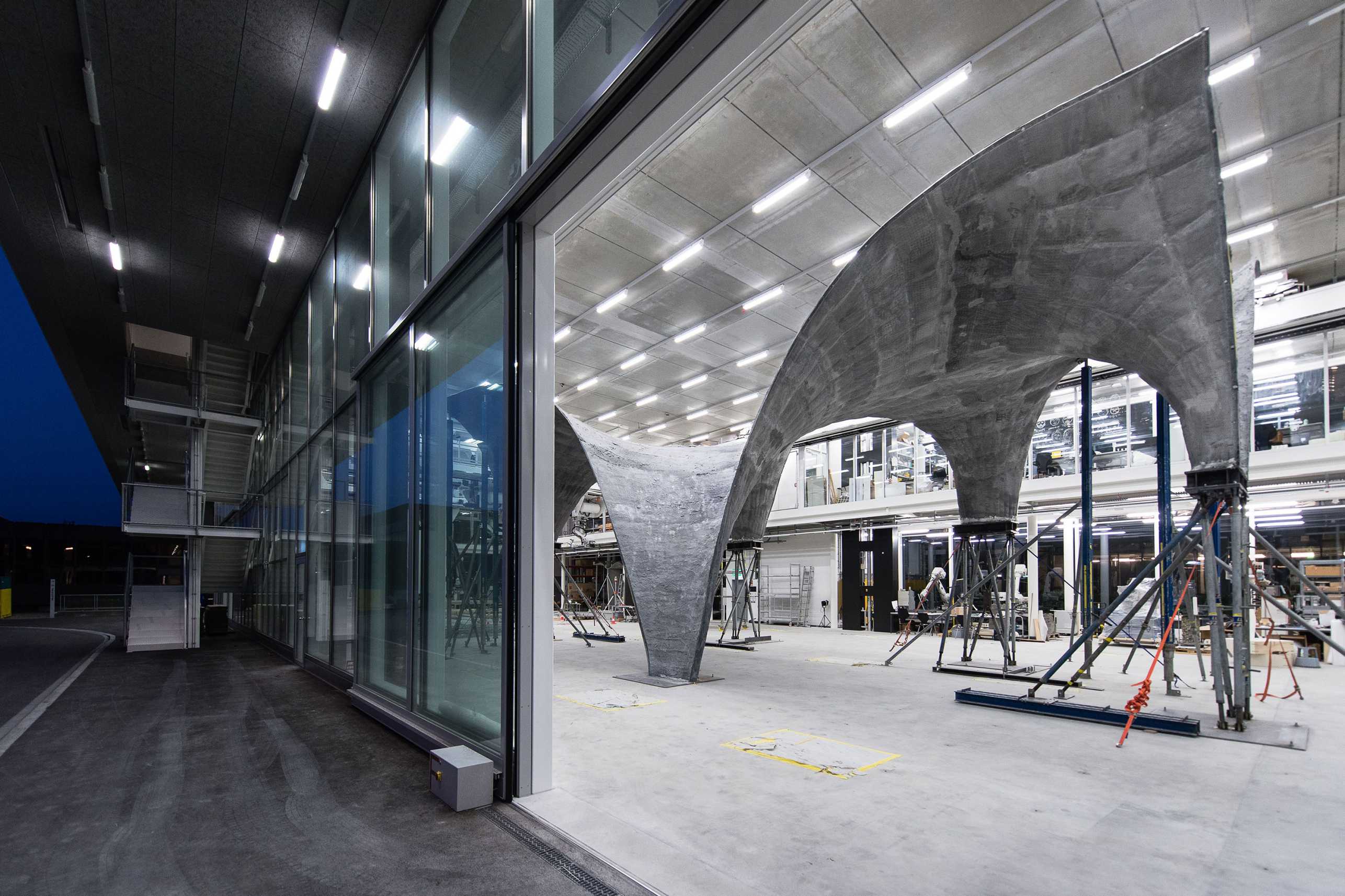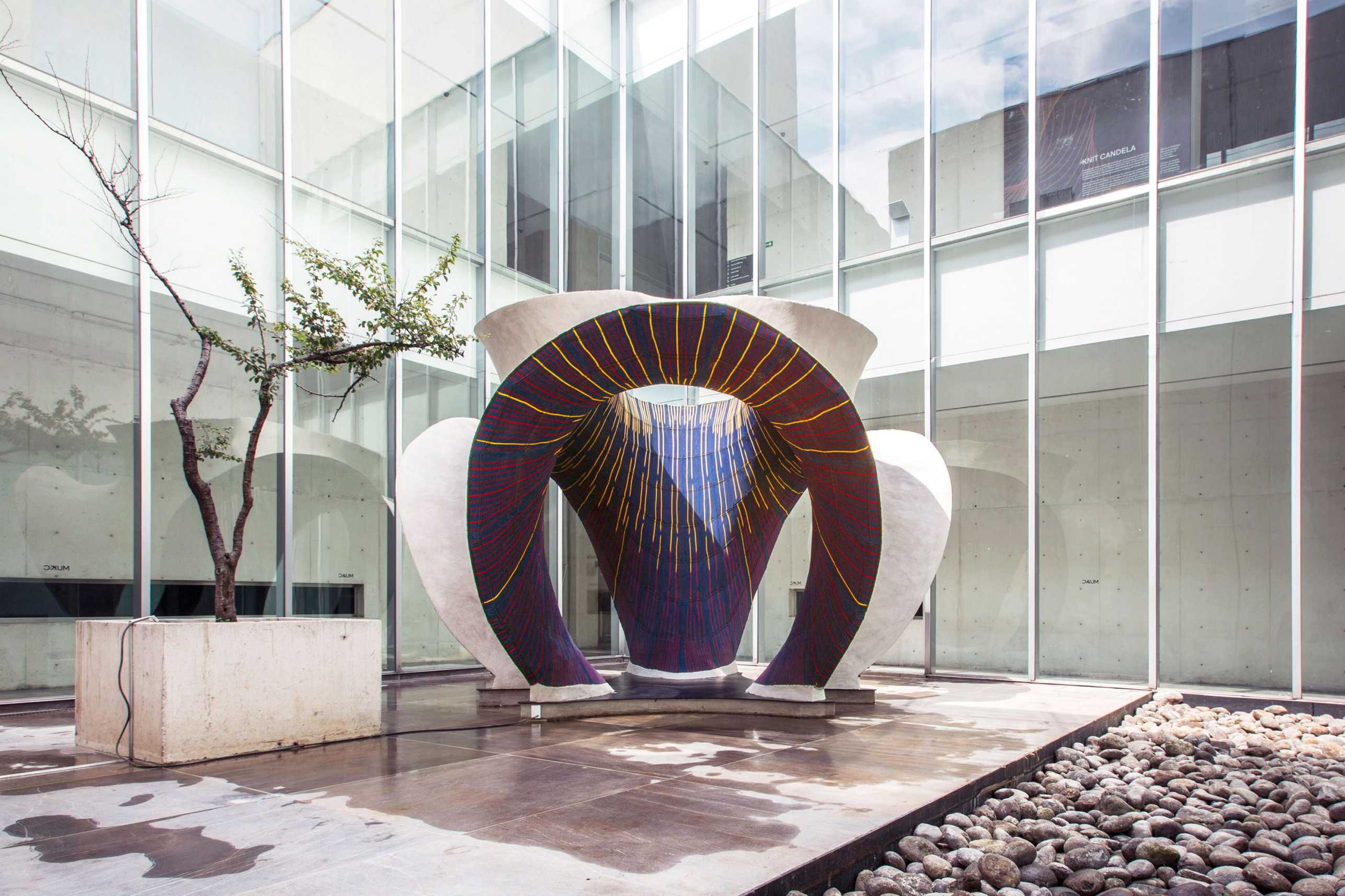Architektur und Tragwerk (BRG)
Prof. Dr. Philippe Block
Hinweis: Die folgenden Informationen sind nur in Englisch verfügbar
The Block Research Group (BRG) at the Institute of Technology in Architecture at ETH Zürich is led by Prof. Dr. Philippe Block and Dr. Tom Van Mele. Research at the BRG focuses on several core areas, including analysis of masonry structures, graphical analysis and design methods, computational form finding and structural design, discrete element assemblies, and fabrication and construction technologies. The central goals of our geometry-based approach are to understand the real demands of complex structural design and engineering problems, to develop new algorithms and efficient, accessible tools for structurally informed design, and to address the urgent challenges faced by the building industry to provide less wasteful, more sustainable solutions for the global population and climate change crises.
Good structural geometry – i.e. doubly-curved, compression-only, shell forms – can address the problem of embodied carbon by significantly reducing the amount of material required, thus also reducing a structure’s weight and its stresses. Unfortunately, these efficient geometries are often complex and expensive to build. They may require bespoke formworks that cannot be reused and must be discarded after construction. Current research explores innovations in digital fabrication that can offer solutions at full construction scale, for example through large-scale 3D-printing, 3D-knitted formworks, etc. Another research stream enables radically increased efficiency in the design-to-production pipeline through the development of computational tools, such as COMPAS, an open-source, Python-based framework for computational research in architecture and structures.
As part of active efforts to engage in practical, use-based research and productive collaboration with partners in practice and industry, the Block Research Group has exhibited full-scale demonstrators at the Venice Architecture Biennale (2016), the Seoul Biennale for Architecture and Urbanism (2017), Museo Universitario Arte Contemporáneo (MUAC) in Mexico City (2018), and the ETH Pavilion at the World Economic Forum in Davos (2019), among many others. In 2019, construction will begin on the HiLo Unit of the NEST building in Dübendorf, Switzerland. This collaborative effort with the Chair of Architecture and Building Systems includes structural innovations in the lightweight floor systems, which use 70% less materials than conventional slabs and the textile-reinforced, thin concrete shell roof. Using a tensioned cable net as falsework and tailored fabric as shuttering, this novel system was tested in a full-scale constructrion prototype built at ETH in ITA's Robotic Fabrication Laboratory in 2017.


